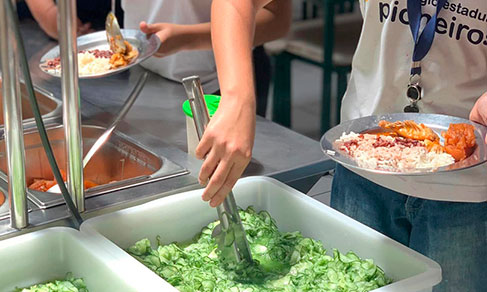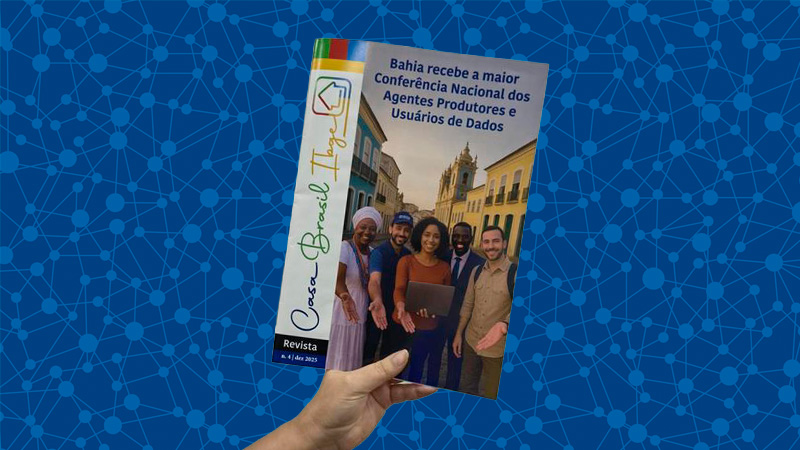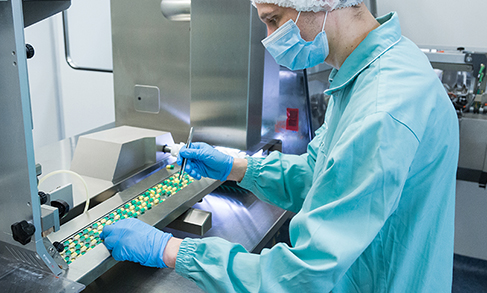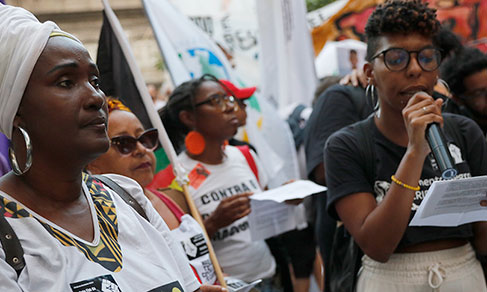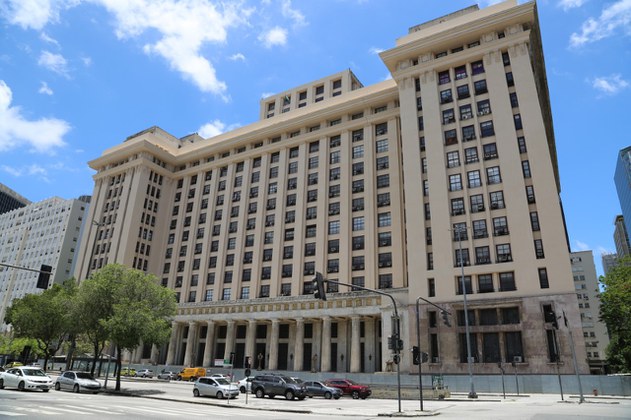Monthly Survey of Trade
After 4 months of stability, retail grows 0.5% and reaches the highest level in the series
April 09, 2025 09h00 AM | Last Updated: April 09, 2025 02h11 PM
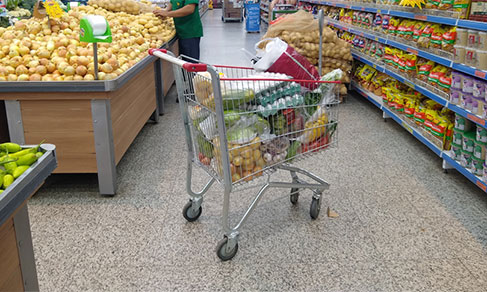
From Jnuary to February, the retail sales in the country increased 0.5% and reached the highest level in the time sereis started in January 200, surpassing by 0.3% the previous record level (October 2024). The index grows again after a sereis of four months of changes very near zero, considered as stability. The data are from the Monthly Survey of Trade (PMC), released today (9) by the IBGE.
“In October last year, furniture and household appliances, office, computer and communication equipment and materials, and textiles, wearing apparel and footwear were the sectors that leveraged the result, given the slowdown that hypermarkets and supermarkets experienced throughout 2024,” explains the manager of the Monthly Survey of Trade, Cristiano Santos.
Four of the eight activities investigated in the survey grew in February of this year. Among them, the highlights were the sectors of Hypermarkets and supermarkets, food products, beverages and tobacco (1.1%) and Furniture and household appliances (0.9%).
“In February, we saw the hypermarket and supermarket sector regain prominence after a six-month period, since August, with changes close to zero, with stability. More complex macroeconomic conditions in recent months, such as the drop in the number of employed persons, the stability of the real wagebill and the inflation of food at home, discourage the consumption of goods that are not essential. As a result, people tend to opt for more basic products, which explains the greater growth of the sector in relation to others”, contextualizes the IBGE researcher.
Regarding the other positive highlight of the month, the PMC manager explains the movements made by the furniture and household appliance sector in recent months. “The sector has experienced great volatility in its results in recent months. We have observed moments when this market develops less, which opens up a strategic opportunity for large brands to offer great deals. For example, Black Friday was not good for household appliances, which led to bigger promotions at Christmas and improved the category’s performance”, highlights the PMC manager.
The other positive results in February came from Pharmaceutical, medical, orthopedic and perfumery articles (0.3%) and Other personal and household articles (0.1%).
On the other hand, between January and February, there were negative rates in four of the eight groups of retail activities: Books, newspapers, magazines and stationery (-7.8%), Office, computer and communication equipment and materials (-3.2%), Textiles, wearing apparel and footwear (-0.1%) and Fuels and lubricants (-0.1%).
“The matter of the books, newspapers, magazines and stationery sector is deeper, since we can see a migration of physical products from this activity, which are going to consumption, to services such as digital platforms. What normally holds up the result of this activity in months of growth, such as February, with growth of 1.4% in 2023 and 17.2% in 2024, is teaching materials. In February 2025, there was no revenue support from teaching materials, as it has happened for the same month in recent years. Another factor that influenced the result was the closure of more physical stores, especially bookstores”, analyzes Mr. Santos.
However, the two additional activities that make up expanded retail in the February indicator compared to January had a different trend: Vehicles and motorcycles, parts and pieces falling 2.6% and Construction materials growing 1.1% in volume.
Five retail activities increased compared to February last year
Compared to February 2024, the volume of sales in retail trade increased by 1.5%, with five of the eight sectors investigated increasing: Furniture and household appliances (9.3%), Textiles, wearing apparel and footwear (8.6%), Pharmaceutical, medical, orthopedic and perfumery articles (3.2%), Other personal and household articles (2.6%) and Fuels and lubricants (1.5%).
The other three activities showed negative results: Books, newspapers, magazines and stationery (-5.2%), Office, computer and communication equipment and supplies (-3.2%) and Hypermarkets, supermarkets, food products, beverages and tobacco (-0.3%).
In the extended retail, in this comparison, the increase was 2.4%, with growth of 10.0% in Vehicles and motorcycles, parts and pieces; of 9.7% in Construction Materials, and a 6.5% drop in the Specialized Wholesale of food products, beverages and tobacco.
More about the survey
The PMC produces indicators that allow monitoring the current behavior of retail trade in the country, investigating gross sale revenue in formally constituted companies, with 20 or more employees, and whose main activity is retail trade.
Launched in 1995, the PMC provides monthly results on the change in volume and nominal sales revenue for retail trade and expanded retail trade (motor vehicles and construction materials) for Brazil and the Federation Units. The results can be consulted on Sidra. The next release of the PMC, with the results for March 2025, will be on May 15.



